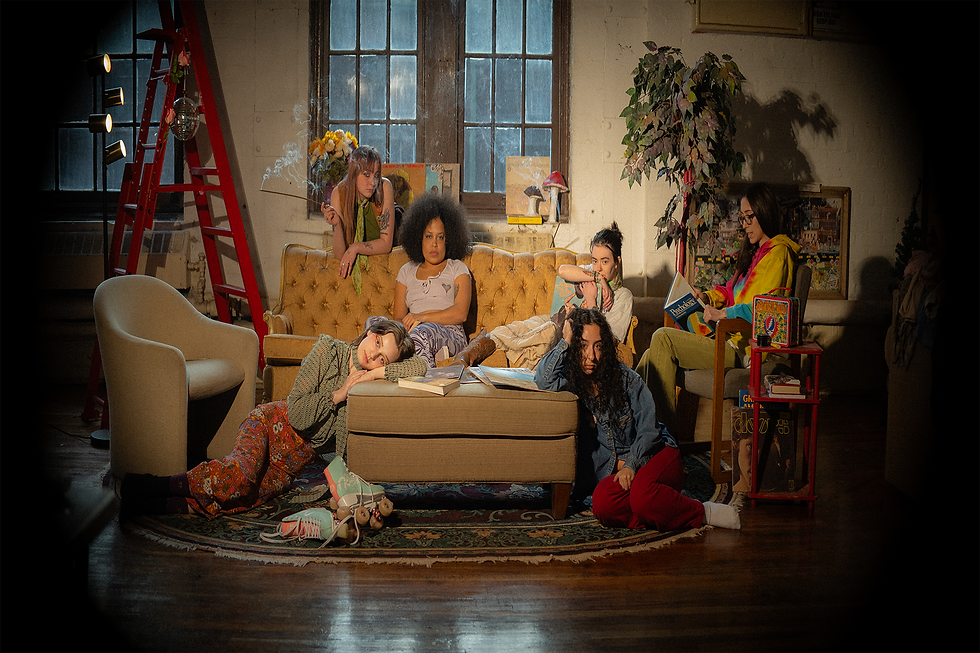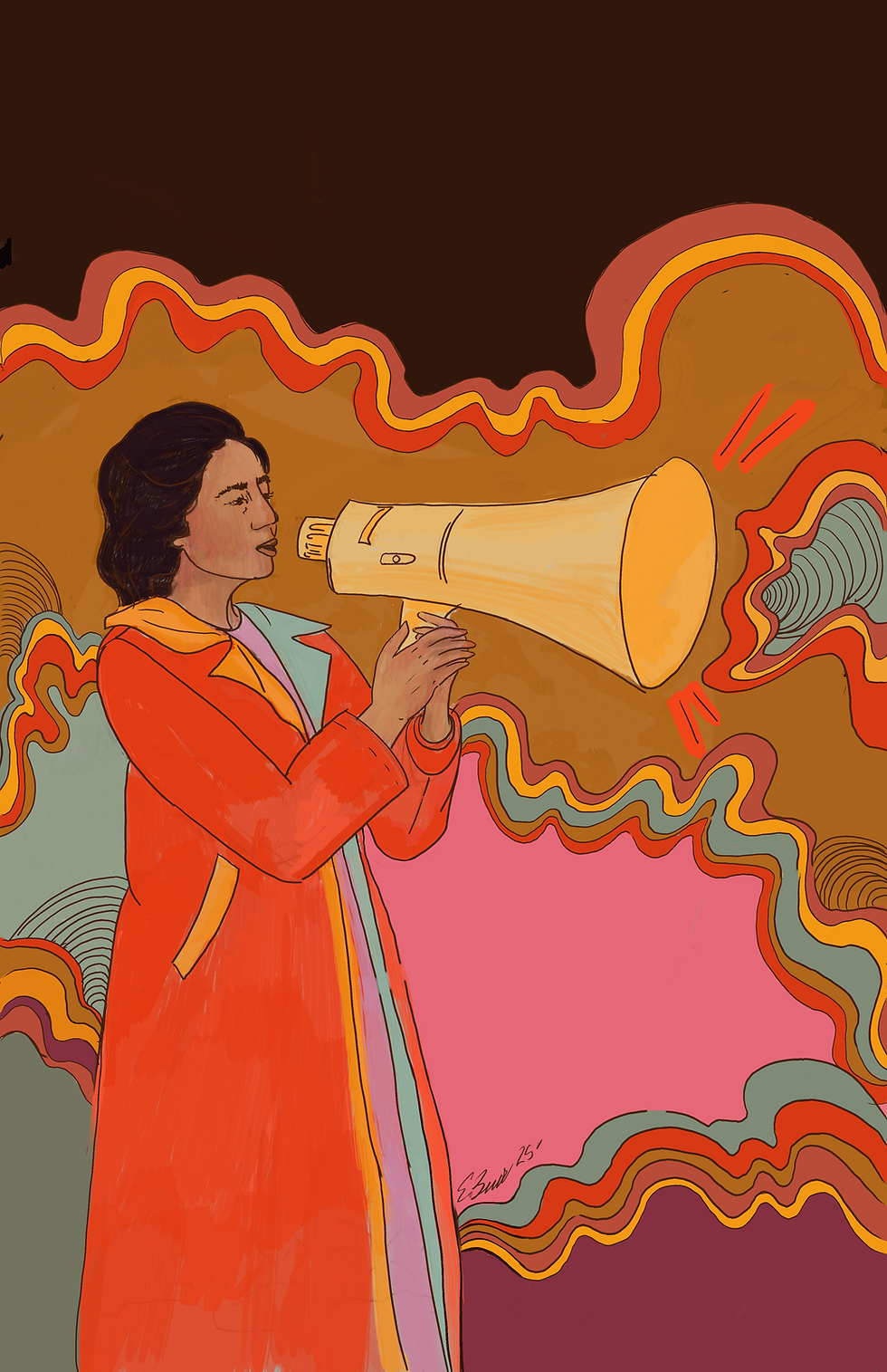A CRASH COURSE ON 60S & 70S SUBCULTURES
- EMMA RITCHIE

- Mar 22
- 3 min read
Updated: Jun 22
Following a decade of political upheaval, social revolution, and cultural renaissance, the 1970s were an era fraught with the consequences and aftermath of all three. The 1960s gave way to social and political movements, particularly among young people, in a way that had never been seen before. Since the end of the second World War, and in hand with the consumer culture that had developed in the 1950s, youth culture had taken on a new definition. Kids had ample amounts of spending money in their pockets for the first time in history and had agency like never before. They took their change and spent it on music and magazines. As a result, their worldviews opened up and they were able to define their identity on their own terms. It started with sock hops and greasers, but before long, as the socially tumultuous 1960s roared on and fizzled into the politically rocky 1970s.
Disillusioned young people found homes in new developing subcultures.

HIPPIES
Hippies got their name from the 1960s mass media who thought kids were merely trying to be “hip” by going against the grain. Initially inspired by the beatniks of Greenwich Village in NYC, hippies were typically white, upper-middle-class students from liberal colleges. Most prominently, the flower children of San Francisco’s Haight-Ashbury district are some of the historically known. As the Summer of Love floated on in 1967, Jefferson Airplane, Joan Baez, and the Grateful Dead ruled their turntables. Hippie culture revolved around pacifism in protest of the Vietnam War and sexual liberation in response to stifling traditional values of the previous decade. Drug use was prominent within this scene as Timothy Leary’s “turn on, tune in, drop out” ideologies and transcendental meditations accompanied LSD experimentation.
Today, hippies are reduced to tie-dye shirts and the peace sign necklaces you would have found at Spirit Halloween in 4th grade. While the hippie style did incorporate long hair and being barefoot, it was for a reason – freedom and peace was concerned less with clean-cut looks and more so focused on fluid lifestyles and nonviolence.
Hippie culture revolved around pacifism in protest of the Vietnam War and sexual liberation in response to stifling traditional values of the previous decade.
PUNKS
In the mid-1970s, two punk movements were revving to start, despite the ocean between them. While the United States (specifically New York) had Patti Smith and The Ramones, across the pond, the Sex Pistols were spearheading the movement in the U.K. The punk subculture is centered around anti-consumerism and anti-establishment. Unlike hippies, it was common for punks (and similar hardcore scenes) to consider themselves “straight edge,” or someone who refrains from substance use. Punks found unrest in the corrupt politics of the 70s and found community in protesting them.
While appearances are by no means a requirement to belong to any subculture, punk is also recognized by its alternative fashion and self-expressive elements. Designers like Vivienne Westwood dressed Johnny Rotten and introduced tartan plaid to the scene, a pattern that remains popular amongst punks to this day. The legacy of Malcolm McClaren (the Sex Pistols’ manager) and Westwood’s store, SEX. SEX was not just a store, it was a place where fashion and protest combined.
Punk is less about the look and more about free expression, music, and protesting corruption.
YOUTH CULTURE
Youth culture and subcultures have developed hand in hand since the mid-century, and the 1960s and 70s were two of the most significant decades for establishing them. Hippies fought for peace, and punks fought the power that prevented it. Subcultures offer a space of belonging for those who cannot find it anywhere else.



Comments